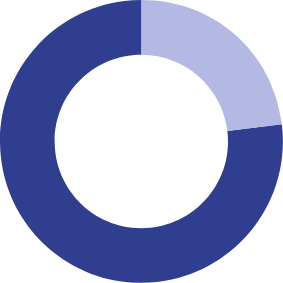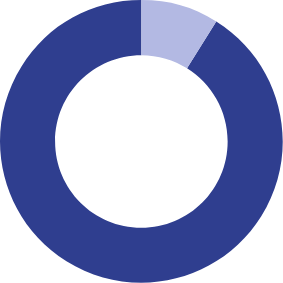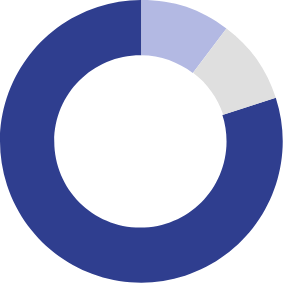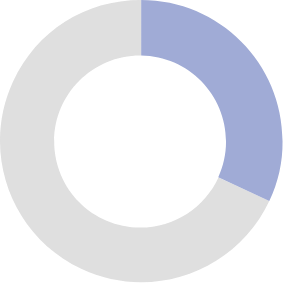Poverty
“Abject poverty is a condition characterised by severe deprivation of basic human needs, including food, safe drinking water, sanitation facilities, health, shelter, education and information. It depends not only on income but also on access to services”.
(UN World Summit for Social Development, 1995)
Reference:
- https://www.un.org/development/desa/dspd/world-summit-for-social-development-1995/wssd-1995-agreements/pawssd-chapter-2.html

 1.3 Billion people live in multidimensional poverty (takes into account health, education and standard of living)
1.3 Billion people live in multidimensional poverty (takes into account health, education and standard of living)
 7.7 Billion people in the world
7.7 Billion people in the world

 700 Million live in extreme poverty on less than $1.90/day (international poverty line)
700 Million live in extreme poverty on less than $1.90/day (international poverty line)
Reference:
- https://www.worldbank.org/en/topic/poverty/overview


of the world’s population lives on less than $2.50/day


live on less than $10/day

Hunger is the number one cause of death in the world.

 805 Million people do not have enough food to eat
805 Million people do not have enough food to eat
 750 Million lack adequate access to clean drinking water
750 Million lack adequate access to clean drinking water
Reference:
- https://www.fh.org/our-work/extreme-poverty/
- FAO, IFAD and WFP. “The State of Food Insecurity in the World 2014. Strengthening the enabling environment for food security and nutrition.” Food and Agriculture Organization of the UN, 2014. Web Accessed February 25, 2015.
- World Health Organization and UNICEF Joint Monitoring Programme (JMP). “Progress on Drinking Water and Sanitation, 2014 Update.” 2014. Web Accessed February 25, 2015.


a year could end poverty on earth.

The World Bank goal of 3% poverty by 2030 is not on target - progress has slowed and the current escape rate from poverty is 0.5 people per second. We need to achieve 2 people per second.

Australia - the poverty line is set at $62 per day and 3 Million Australians fall into this category, including 740,000 children.

31% of Aboriginal and Torres Strait Island population live below the poverty line largely due to high unemployment.

 24% Urban
24% Urban
 51% Rural
51% Rural
Our Aboriginal and Torres Strait Island population have a shorter life expectancy, lower socio economic situation, more chronic disease and poorer health on all fronts (Cardiovascular Disease, Diabetes, drug and alcohol, infant, child, maternal and mental health).
Reference:
- https://www.acoss.org.au/wp-content/uploads/2018/10/ACOSS_Poverty-in-Australia-Report_Web-Final.pdf p.23.
Slavery


people in modern slavery around the world, including 10 million children.

Forced labour, bonded labour, human trafficking, descent-based slavery, child slavery and forced and early marriage.

More than 5 million people in forced sexual exploitation.

Cybersex trafficking - recent, sickening development and rife in the Philippines. Exact numbers of victims are unknown, but :.

Australian police receive over 10,000 referrals each year



